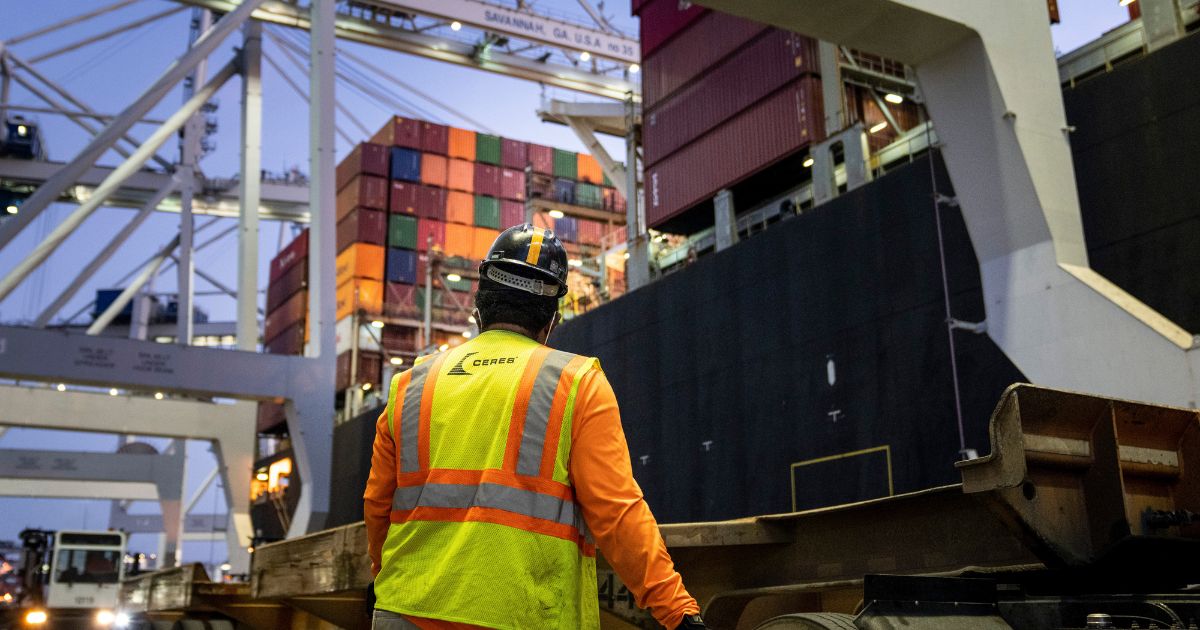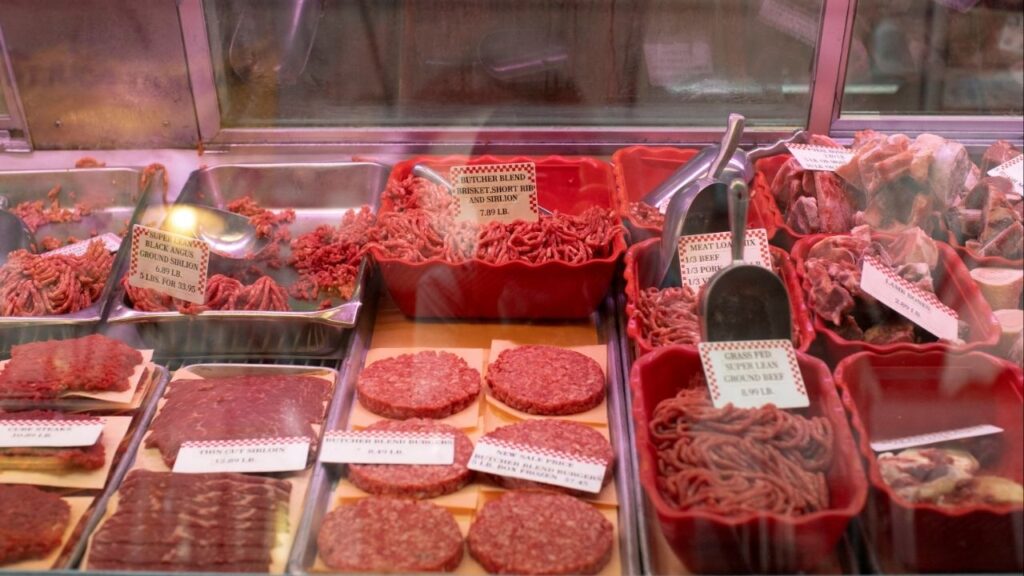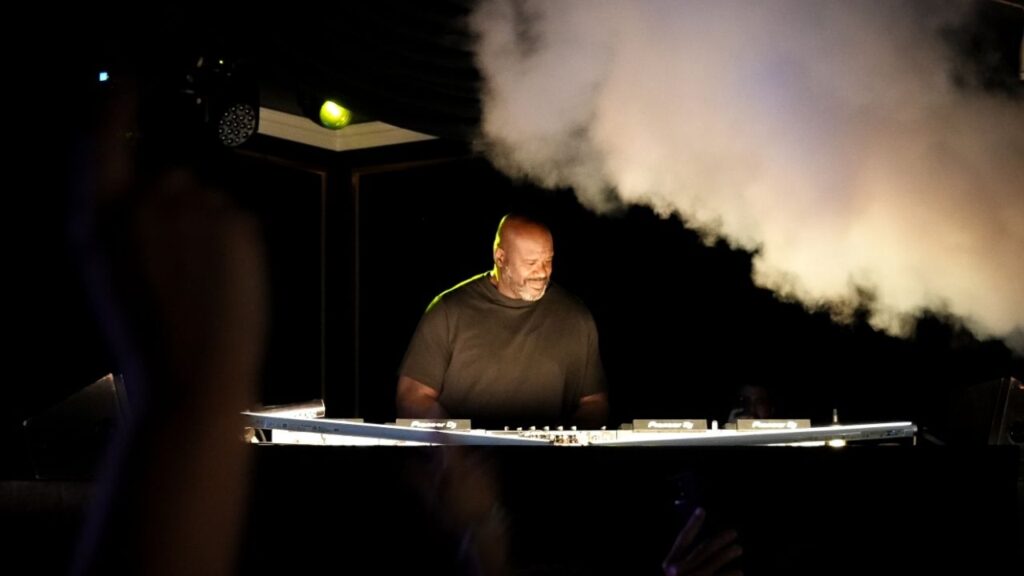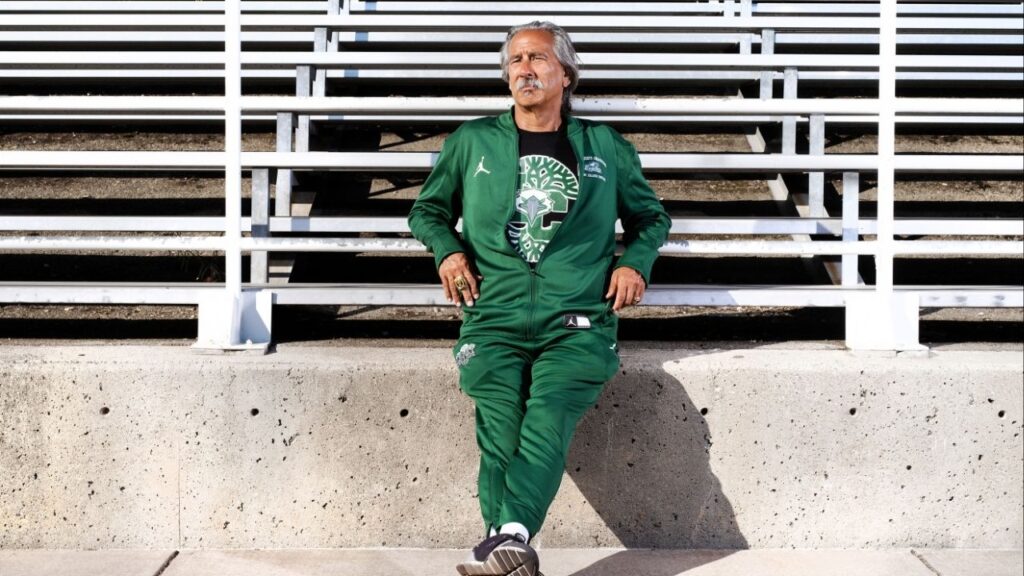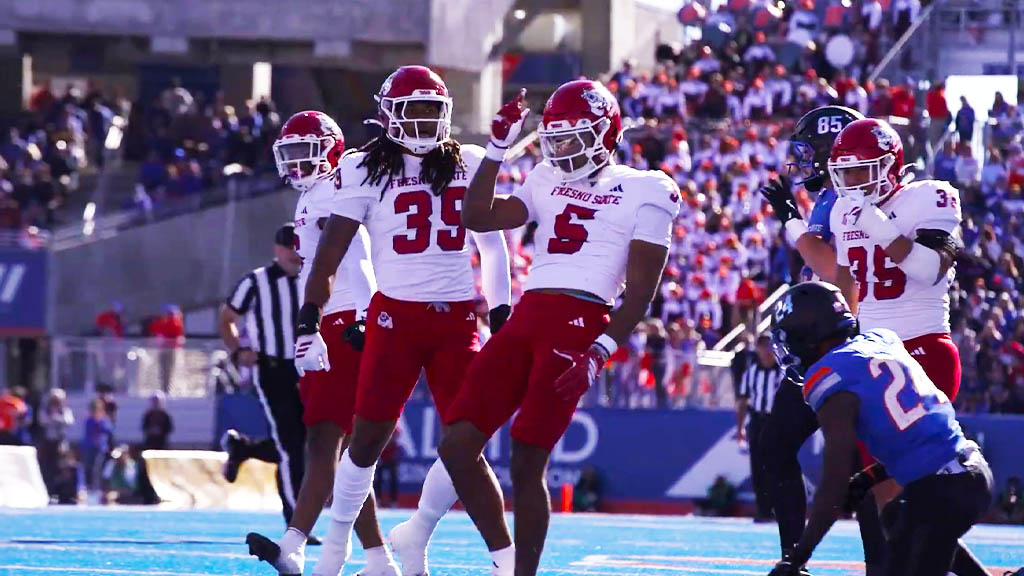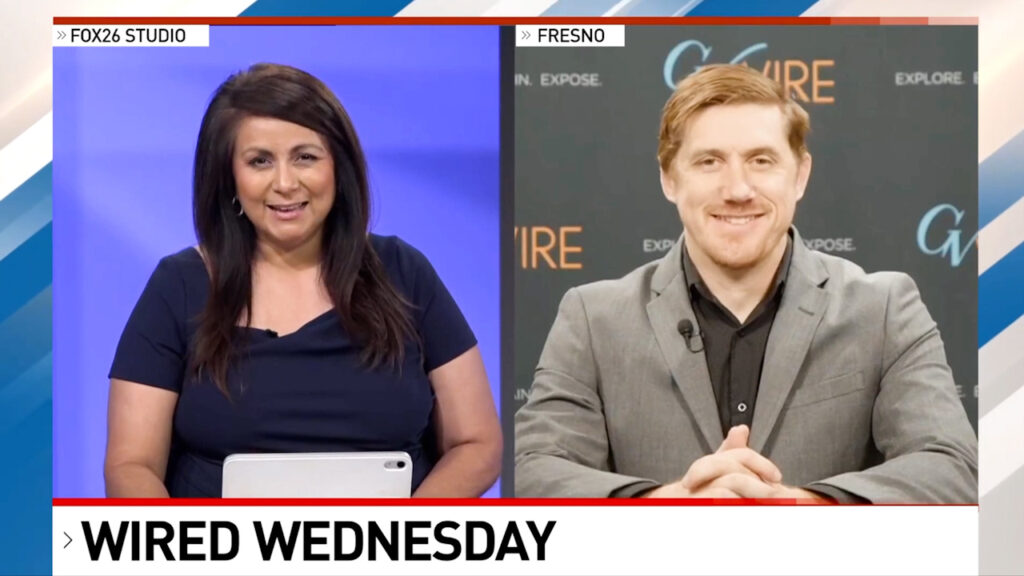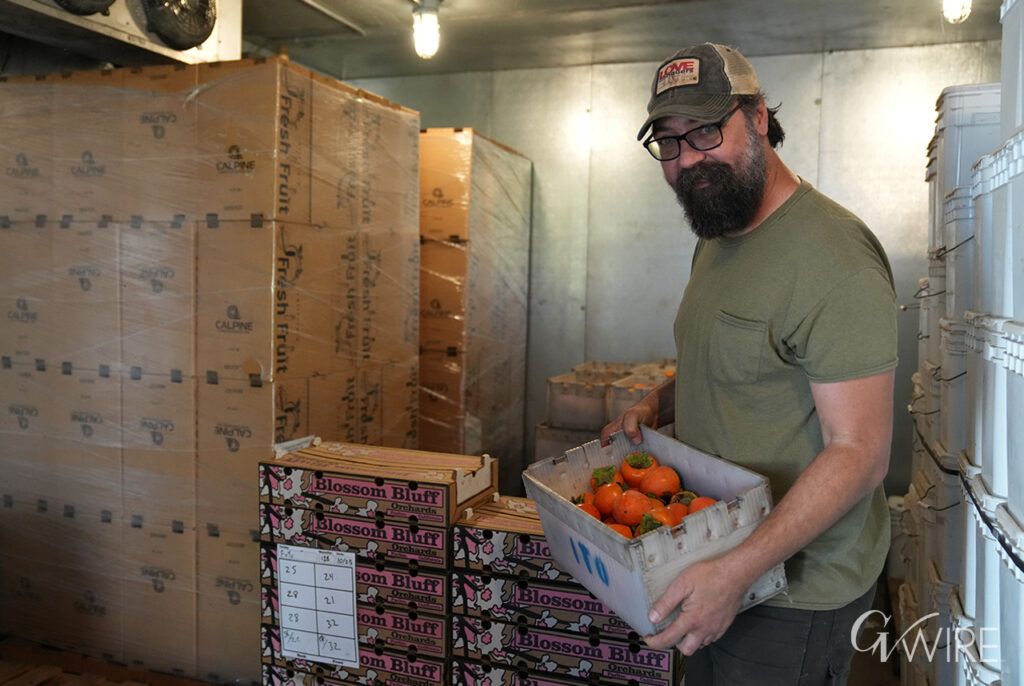A dockworker at the Port of Savannah, Ga., on Sept. 30, 2021. Port operators have long embraced automation, while dockworkers view it as a threat to their livelihoods. (Erin Schaff/The New York Times)

- Dockworkers threaten strikes at major U.S. ports over automation disputes, seeking better compensation amid rising profits in shipping.
- Dockworkers’ battles for wages trace back centuries, with automation increasingly viewed as a threat to their livelihoods.
- Potential strikes could disrupt cargo movement before the holiday season, affecting prices and economic sentiments during the election.
Share
|
Getting your Trinity Audio player ready...
|
Throughout the centuries, as ships have navigated oceans bearing all manner of freight, the companies that operate ports have pressed to limit what they spend on the people who load and unload cargo.
Dockworkers, for their part, have mobilized to pursue a greater share of the bounty through a familiar tactic: They have threatened to disrupt international commerce by going on strike.
Confronted by the militancy of longshore unions, port operators have deployed automation, in part to limit their vulnerability to labor troubles. Not coincidentally, dockworkers tend to look suspiciously at robots and other forms of innovation, divining threats to their livelihoods.
That, in a nutshell, is the history of labor relations on docks from Australia to Britain. And that dynamic is at the center of a contractual impasse now threatening to produce a debilitating strike starting Tuesday at ports on the East and Gulf coasts of the United States.
Related Story: Watch: Port Workers Go on Strike
Dock Workers Make No Apologies
Dock workers make no apologies for the wages they command — more than $200,000 a year in many cases, after factoring in overtime. They perform the dangerous and physically exhausting job of moving shipping containers on and off vessels, while keeping businesses and consumers stocked with goods.
History validates their assumption that their bosses are embracing automation in part as a way to reduce costs. The most obvious example is the advent of container shipping in the 1950s.
Before then, the work of loading and unloading a cargo ship was a slow and dangerous process that frequently consumed several days. Dockworkers grappled with 3D jigsaw puzzles while trying not to be crushed to death by shifting freight. They struggled to configure ill-fitting assortments of goods, positioning sides of beef alongside barrels of liquor, drums full of chemicals and bales of cotton.
Unions applied their power over the pace of loading and unloading — or to stop the enterprise altogether — to extract hefty wages.
The use of containers dramatically simplified the process, while reducing the number of working hands needed to do it. Suddenly, cargo could be loaded at factories into standard-size steel boxes that could be carried by truck and by train to ports, and then hoisted atop vessels by cranes.
On the day in April 1956 when local officials gathered at the Port of Newark in New Jersey to watch the departure of the first container vessel, they celebrated a milestone in American industrial efficiency.
Related Story: Port Strike Triggers Panic Buying of Toilet Paper
But a top official at the International Longshoremen’s Association, the union that represented East Coast dockworkers, looked on in horror, according to newspaper accounts of the day, and said he would like to sink the ship — using an expletive to underscore his point.
That same union is now threatening to strike at Newark and more than a dozen other major ports that collectively handle roughly half the imports reaching the United States. Among the key issues holding up a new contract, which expires Monday, is disagreement over the pace and scope of automation.
Most industry experts view automation as both inevitable and positive. The questions are: Who controls the technology, and will workers be cushioned against changes with training programs that prepare them for new opportunities?
“Innovation changes the way in which the ports and shipping lines are working,” said Ricardo Ungo, a professor in the School of Supply Chain, Logistics and Maritime Operations at Old Dominion University. “This was true when they switched from wind to steam, and later from handling everything by hand to containers. And it will be true when there are new types of innovation in the future.”
Unions Want Job Protections
Facing pressure on their ranks, the two unions representing American longshore workers have increasingly opposed automation, agreeing to its deployment only in exchange for job protections for remaining members.
Port managers have responded to threats of work stoppages by appealing to those dependent on the continued movement of cargo: consumers, businesses in every industry and workers at companies that rely on parts and products flowing across oceans.
They have brought pressure on successive American presidential administrations to help broker deals to avert strikes by citing the considerable economic damage that results every time cargo slows.
The risk that rising prices for goods could infuriate the public is always an impediment to union action.
Related Story: Harris and Trump Are Tested by the Mideast, Helene and the Port Strike in the ...
If the strike happens, it would impose a fresh barrier to cargo during the run-up to the all-important holiday shopping season, and it would come within weeks of a presidential election that may hinge on economic sentiments.
Between April and June, container shipping carriers took in more than $10 billion in profits, nearly doubling those of the previous three months, according to an analysis by John D. McCown, a senior fellow at the Center for Maritime Strategy.
The dockworkers are asserting claims on a share of the gains as they handle growing volumes of freight.
“Strikes are never easy,” Dennis A. Daggett, executive vice president of the International Longshoremen’s Association, said in a statement this month. “But in today’s world, with labor laws stacked against us and corporate greed at an all-time high, it remains one of the most powerful tools we have in our fight for justice.”
–
This article originally appeared in The New York Times.
By Peter S. Goodman/Erin Schaff
c. 2024 The New York Times Company
RELATED TOPICS:
Categories



